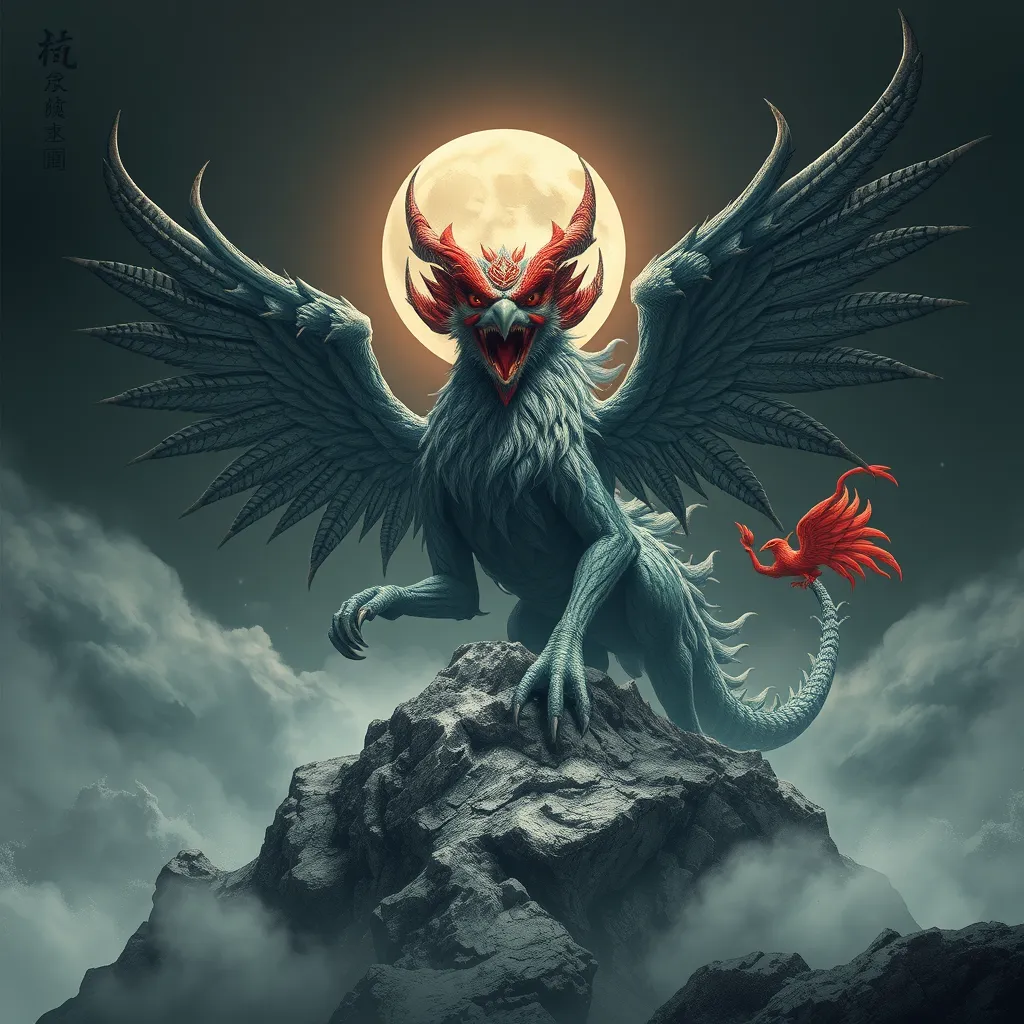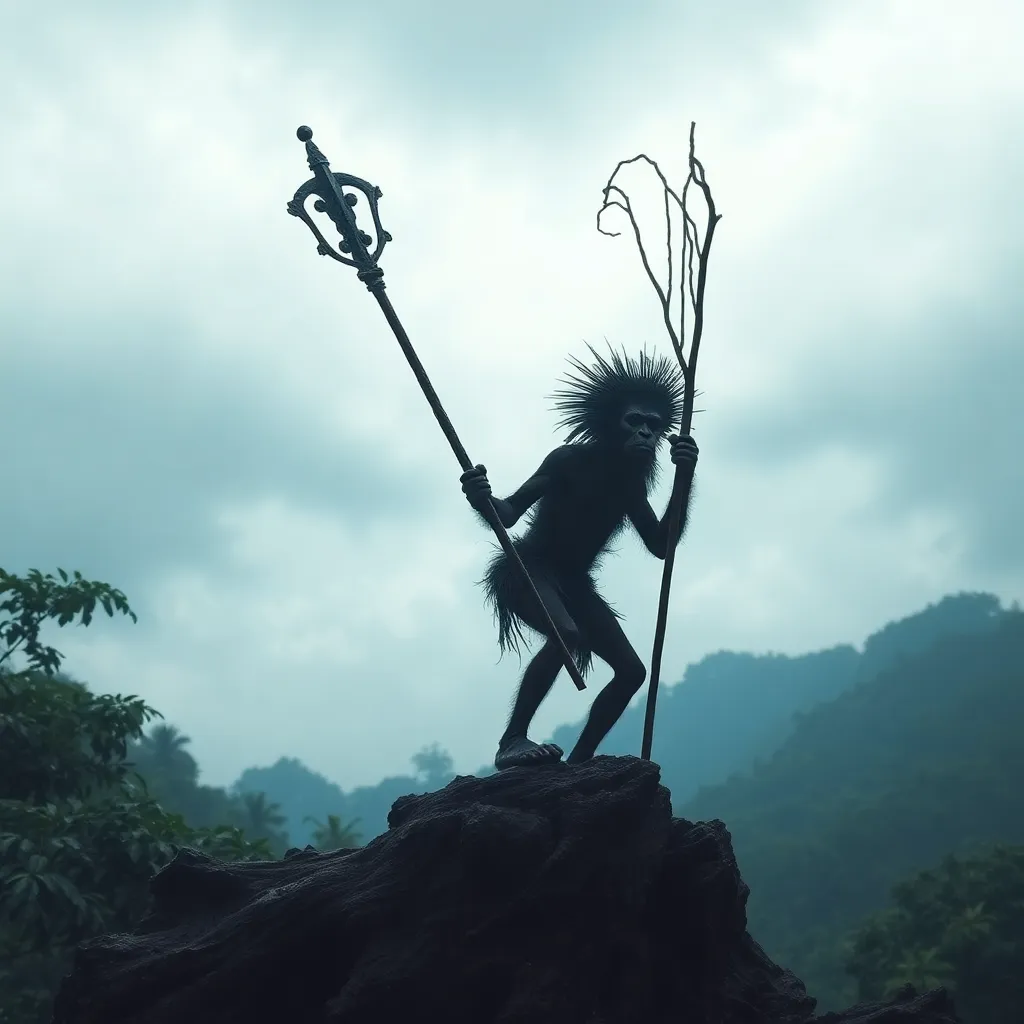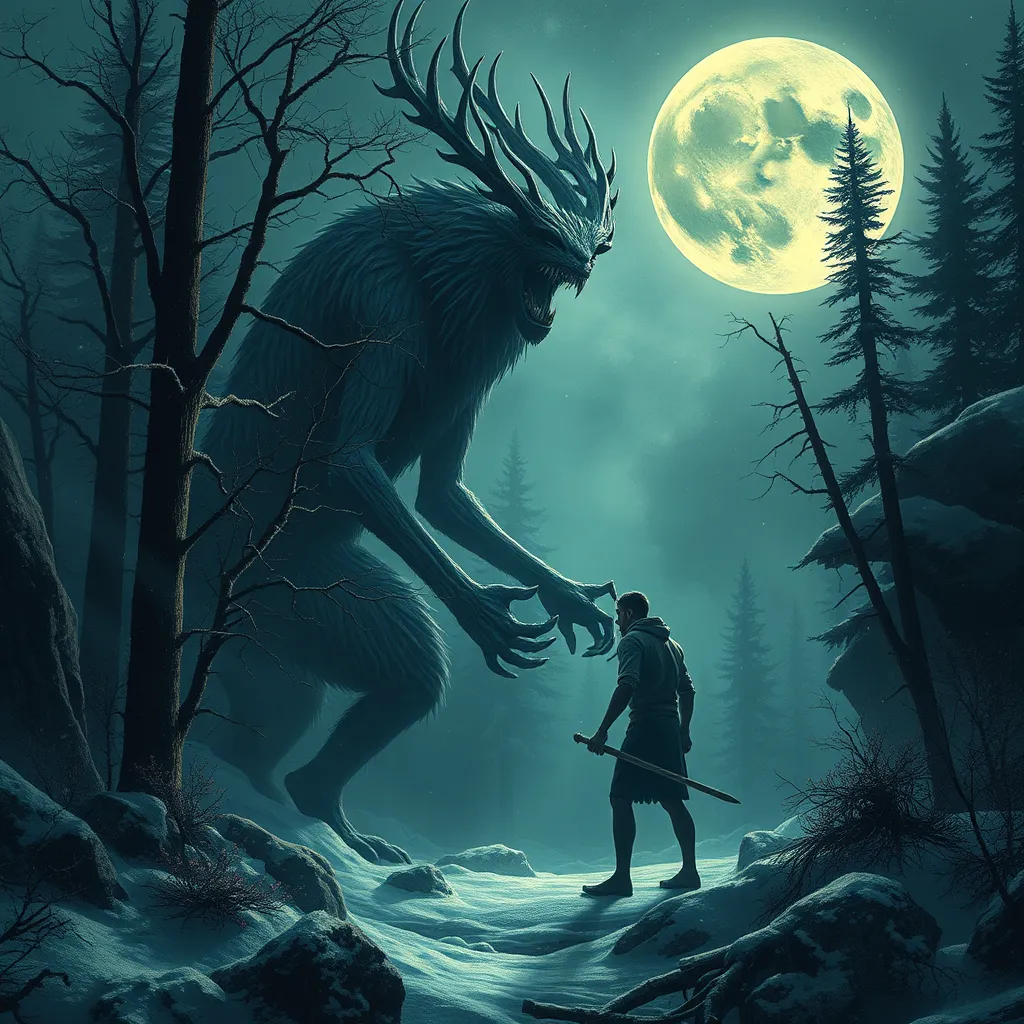Echidna’s Lair: Exploring the Myths and Legends Surrounding the Serpent-Woman’s Abode
I. Introduction
Echidna, a figure from ancient Greek mythology, is often referred to as the “Mother of Monsters.” Her lair, a place shrouded in mystery and fear, serves as a backdrop for numerous myths that highlight her significance in the mythological canon. This article aims to explore the various myths and legends surrounding Echidna and her abode, uncovering the symbolism and cultural relevance tied to her character.
II. The Mythological Background of Echidna
A. Description of Echidna as the Serpent-Woman
Echidna is depicted as a hybrid creature, possessing the upper body of a beautiful woman and the lower body of a serpent. This striking imagery emphasizes her dual nature, embodying both allure and danger. She is often portrayed with long hair and a fierce gaze, captivating yet terrifying all who dare to approach her.
B. Her role in Greek mythology
In Greek mythology, Echidna plays a crucial role as a progenitor of many legendary monsters. She is the wife of Typhon, a monstrous giant, and together they spawn a lineage of horrific beings that challenge the gods themselves. Echidna’s presence in these tales often signifies the chaotic and untamed aspects of nature.
C. The family lineage: Mother of Monsters
Echidna is known for her monstrous offspring, which include:
- The Nemean Lion
- The Chimera
- The Hydra
- The Sphinx
- The Cerberus
This lineage underscores her importance in myth, as each creature represents a distinct challenge faced by heroes in their quests.
III. The Geographic and Symbolic Significance of Echidna’s Lair
A. Locations attributed to her lair in various myths
Echidna’s lair is commonly depicted in the shadowy recesses of mountains or deep caves, often associated with desolate and remote locations. Some myths suggest that her lair is situated on the slopes of Mount Etna in Sicily, while others place it in the depths of the earth. These locations not only enhance the fear factor but also symbolize the unknown and the chaotic forces of nature.
B. Symbolism of caves and lairs in ancient cultures
Caves and lairs in ancient mythology often symbolize a place of transformation, danger, and the unknown. They are seen as gateways to the underworld or realms of chaos, where heroes confront their fears. Echidna’s lair fits this motif perfectly, representing both a literal and metaphorical battleground between order and chaos.
C. The connection between nature and mythology
The natural world heavily influences mythological narratives. Echidna’s association with serpents links her to the earth and the primal forces that govern it. Her lair, deeply embedded in nature, serves as a reminder of humanity’s struggle against the wild, untamed aspects of existence.
IV. Legendary Creatures Associated with Echidna
A. Overview of her monstrous offspring
Echidna’s children are infamous in their own right, each embodying unique traits and stories that have captivated audiences throughout history. They are often portrayed as formidable foes to the heroes of Greek mythology.
B. Significance of each creature in mythology
Each of Echidna’s offspring carries a significant narrative:
- The Nemean Lion: Known for its impenetrable skin, it was famously defeated by Heracles as one of his twelve labors.
- The Chimera: A fire-breathing creature with the head of a lion, body of a goat, and tail of a serpent, representing the chaos of nature.
- The Hydra: A multi-headed serpent that grew two heads for every one that was cut off, symbolizing the resilience of evil.
- The Sphinx: A creature with the body of a lion and the head of a woman, known for her riddles, testing human intellect.
- The Cerberus: The three-headed dog that guards the gates of the Underworld, representing the barrier between life and death.
C. The legacy of these creatures in modern storytelling
The creatures born from Echidna have left an indelible mark on contemporary literature, film, and art. They are frequently reimagined in various forms, showcasing the ongoing influence of mythological narratives on modern storytelling.
V. Thematic Elements of Fear and Power in Echidna’s Tales
A. Exploration of fear as a motif in her stories
Fear is a prevalent theme in the tales surrounding Echidna and her offspring. The monstrous nature of her children evokes terror, serving as a reflection of humanity’s own fears of the unknown and uncontrollable forces in the world.
B. The representation of feminine power and danger
Echidna embodies a complex representation of feminine power. While she is a nurturing figure as the “Mother of Monsters,” she also embodies danger, challenging traditional gender roles by showcasing both beauty and ferocity.
C. Contrast with male counterparts in mythology
Compared to male figures in mythology, Echidna’s stories often emphasize a different aspect of power. While male gods and heroes are typically portrayed as conquerors, Echidna’s power lies in her ability to create and embody chaos, highlighting a different kind of strength.
VI. Cultural Interpretations and Variations of Echidna’s Myth
A. Different cultures’ adaptations of the Echidna myth
The myth of Echidna has transcended Greek culture, finding adaptations in various forms worldwide. Each culture interprets her story through its own lens, often reshaping her character to fit different moral and cultural narratives.
B. Comparative analysis with similar figures in other mythologies
Similar figures to Echidna can be found in other mythologies. For instance:
- La Llorona in Latin American folklore, a spectral figure who embodies loss and vengeance.
- Medusa in Greek mythology, who, like Echidna, represents a complex blend of beauty and monstrosity.
- The Jörmungandr in Norse mythology, a serpent that encircles the world, symbolizing chaos and destruction.
C. Evolution of the myth through time
As cultures evolve, so too do their myths. Echidna’s stories have been retold and reinterpreted through literature, art, and modern media, reflecting contemporary values and beliefs while retaining their core themes of chaos and power.
VII. The Influence of Echidna’s Lair in Modern Media
A. Representation in literature, film, and art
Echidna and her lair have been depicted in various modern media, from novels to blockbuster films. Her character often serves as a symbol of the primal and chaotic aspects of nature, captivating audiences with her duality.
B. How Echidna’s character has evolved in contemporary narratives
In modern narratives, Echidna has been reimagined in diverse ways. Some portray her as a villain, while others focus on her nurturing aspects, creating a more nuanced character that resonates with contemporary themes of female empowerment and complexity.
C. The ongoing fascination with mythological figures
The fascination with mythological figures like Echidna endures, as they provide a lens through which we can explore timeless themes of fear, power, and the human experience. They remind us of the rich tapestry of stories that shape our understanding of culture and identity.
VIII. Conclusion</h2



